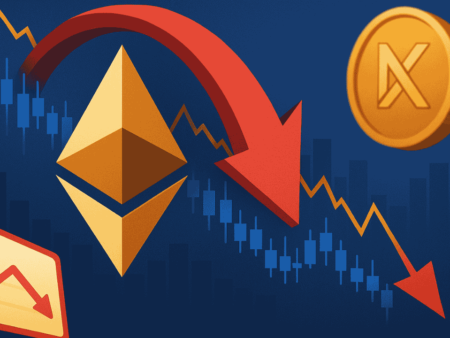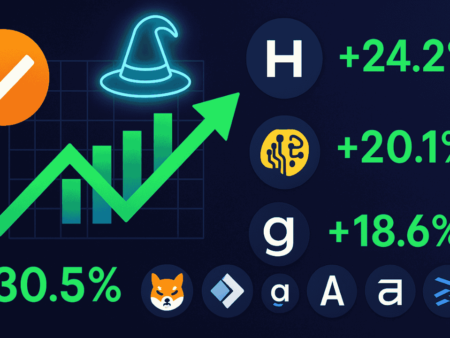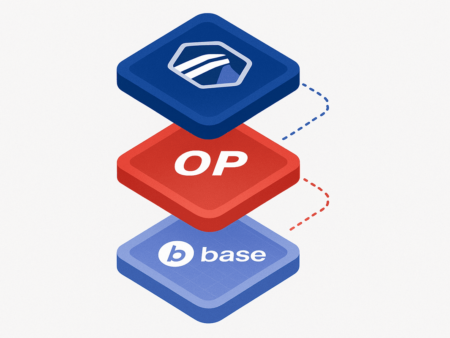When it comes to making fast money in crypto, speed isn’t just important—it’s everything. On August 13, 2025, the New York Post pulled back the curtain on a phenomenon traders have quietly exploited for years: Binance listing alerts.
It’s a simple idea with massive implications. The moment Binance, the world’s largest cryptocurrency exchange by trading volume, announces that it’s listing a new token, prices can rocket—sometimes within minutes. Those who spot the news first can ride the wave. Those who don’t are often left chasing inflated prices.
Why Binance Listings Move Markets
Binance’s reach is unmatched. The exchange boasts over 150 million registered users worldwide and regularly handles more than $60 billion in daily trading volume. When a coin lands on Binance, it’s like a small-cap stock joining the S&P 500 overnight—liquidity floods in, visibility skyrockets, and retail traders pile in.
For tokens that were previously only available on smaller, niche exchanges, a Binance listing can trigger price surges of 30% to 200% in the first 24 hours. That’s why spotting the listing before the crowd is so lucrative.
The Data-Savvy Advantage
According to the Post, the most successful traders aren’t relying on chance. They use a combination of on-chain monitoring tools, API data feeds, and social media scrapers to detect subtle signals before an official announcement hits Binance’s front page.
Some watch for wallet activity from Binance’s hot wallets, which can reveal when the exchange is loading liquidity for a new token. Others set up keyword alerts across Twitter, Telegram, and Discord for phrases like “Binance listing” or “trading starts on.”
“It’s not insider trading,” one pseudonymous trader told the Post. “It’s just being faster than everyone else who’s reading the same public data.”
The Risks of Chasing Listings
Of course, it’s not all free money. The Post highlights cases where tokens spiked on a Binance listing only to collapse hours later, leaving late entrants holding the bag. These “pump and dump” cycles are often driven by early holders selling into the hype.
Then there’s the false signal problem. Not every wallet movement or rumor pans out, and jumping into the wrong trade can be costly. “You can’t just chase every whisper,” the article warns. “The pros have filters, and they know when to sit on their hands.”
Regulatory and Ethical Shadows
The rise of listing-chasing strategies has caught the attention of regulators, especially in markets where crypto trading is already under scrutiny. Authorities in the U.S., U.K., and Singapore have raised questions about whether data-mined listing signals could cross into market manipulation if misused.
For now, Binance maintains that it does not give advance notice to select traders or insiders, and that all listings go through rigorous compliance and liquidity checks before being approved.
Staying Ahead Without Breaking the Rules
The Post piece frames the practice as a mix of skill, tech, and timing. For retail traders hoping to get an edge without violating laws, the key is automation and discipline. Tools like TradingView alerts, blockchain explorers, and news aggregators can help narrow the gap between a Binance announcement and a trading decision — but they can’t remove risk.
Veteran traders emphasize one last rule: never risk more than you can lose in a single listing play. The win rate might be high for the skilled, but all it takes is one bad entry to erase a week’s worth of gains.
The Bigger Picture
In the end, Binance listing alerts are a microcosm of crypto trading itself: a high-speed game of information, timing, and conviction. The advantage will always belong to those who can process data faster and act decisively — but as the Post reminds readers, in markets this volatile, even the fastest can stumble.
For traders watching from the sidelines, the lesson is clear: in crypto, information isn’t just power. It’s profit — and the clock is always ticking.











